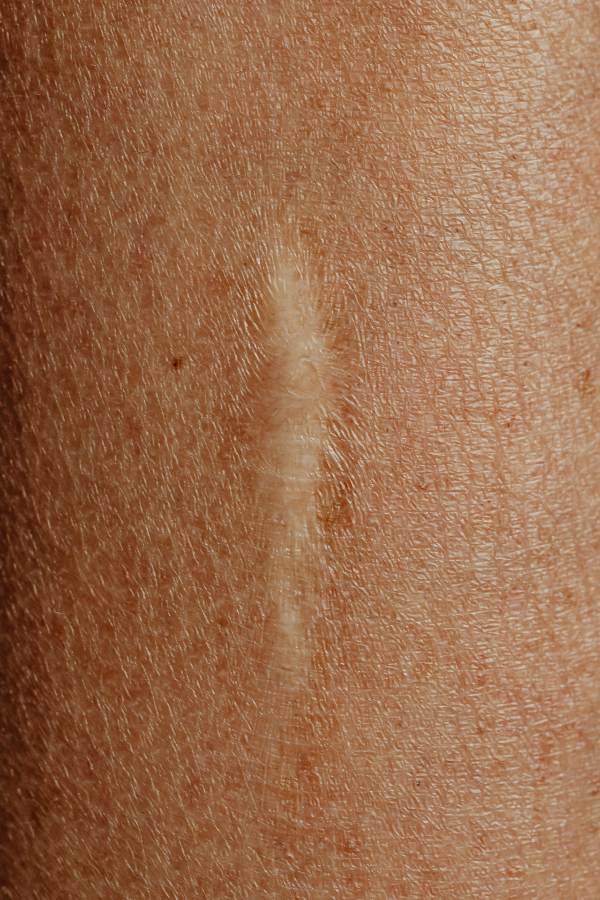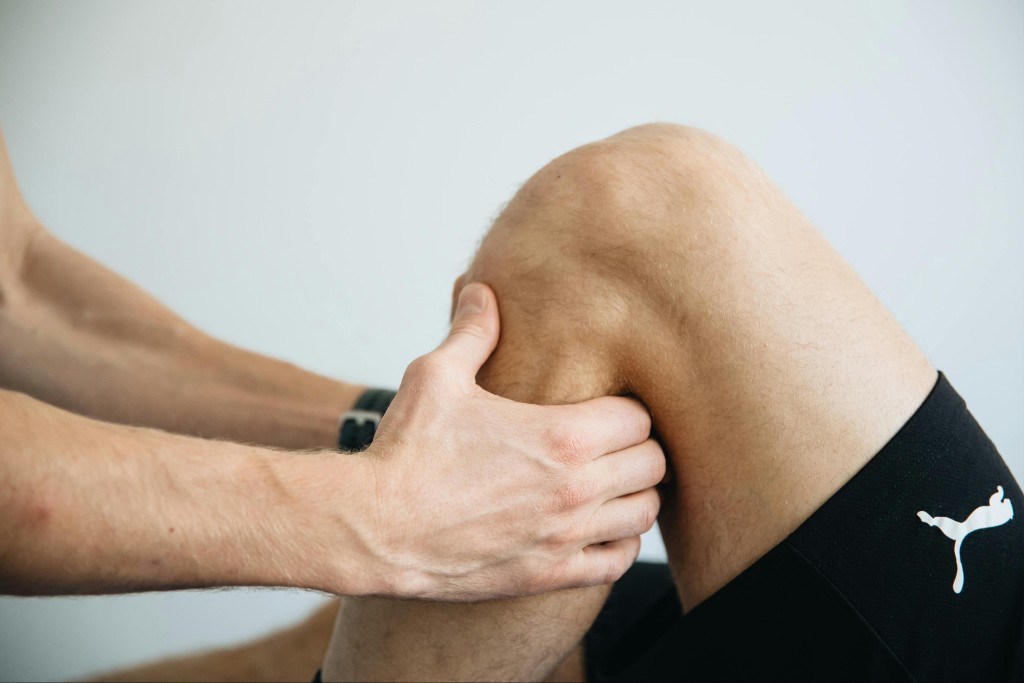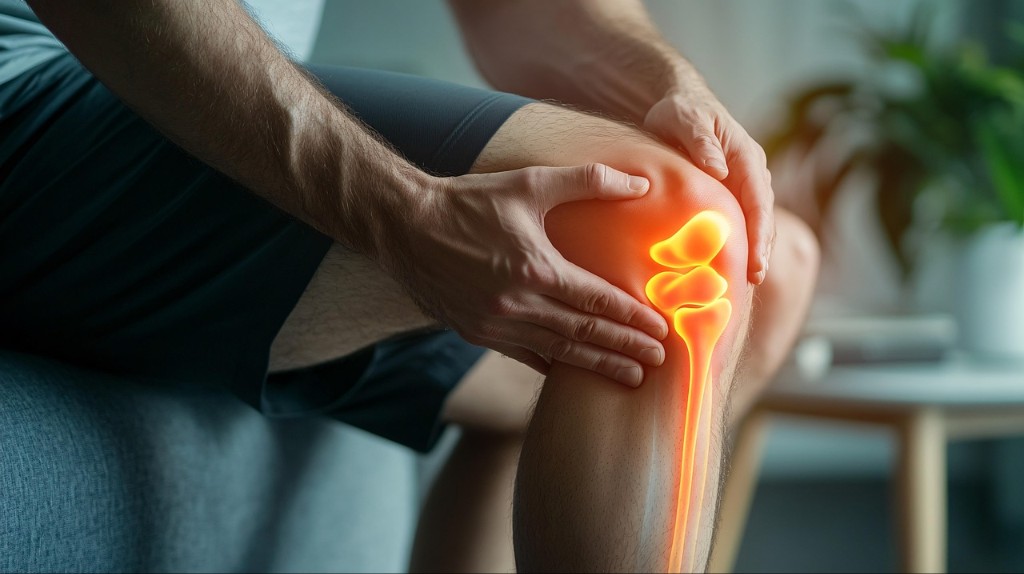Foot pain affects a large number of individuals, with around 75% of people experiencing foot issues at some point in their lifetime. Although numerous treatment alternatives exist, not all deliver satisfactory results. This often leads individuals on a quest for different solutions that can ease their discomfort. Recent research suggests that shockwave therapy may offer a successful treatment option for addressing foot pain, without the exorbitant costs or side effects associated with surgery and medication.
In this blog, we will explore:
- Reasons Behind Foot Pain
- Advantages of Shockwave Therapy for Foot Pain
- The Mechanism of Shockwave Therapy
- Defining A Shockwave
- How Do Shockwaves Treat Foot Pain?
- Varieties of Shockwave Therapy
- Identifying Ideal Candidates for Shockwave Therapy
- The Shockwave Therapy Procedure
- Shockwave Therapy Side Effects
- The Best Shockwave Therapy for Foot Pain
Reasons Behind Foot Pain
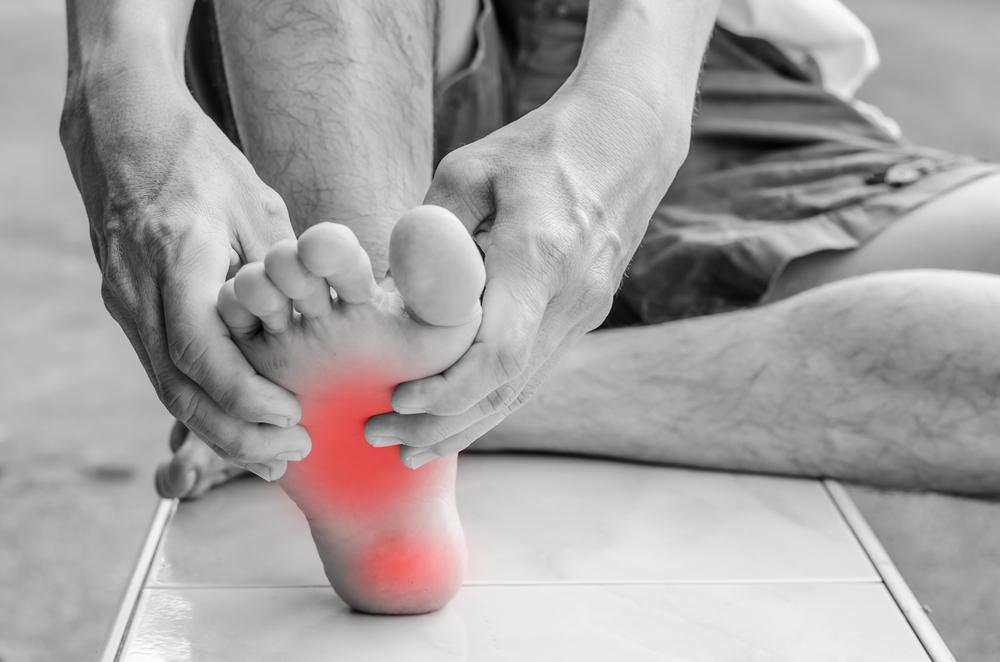
Foot pain can arise from a plethora of causes, from incorrect gait to underlying health issues. Below are some prevalent causes of foot pain:
- Muscle or ligament strains: Excessive use, improper movements, or abrupt actions can result in strains or sprains in the muscles and ligaments of the foot, causing pain.
- Plantar fasciitis: Inflammation of the thick band of tissue that connects your heel to your toes, causing heel pain.
- Bunions: A painful bump that forms on the base of the big toe.
- Arthritis: This degenerative joint disease can affect the foot, causing pain and stiffness.
- Injuries from accidents or sports: Falls, car accidents, and sports-related activities can cause injuries to the foot, leading to pain.
- Achilles tendonitis: Inflammation and irritation of the Achilles tendon, commonly caused by overuse or repetitive strain.
- Morton’s Neuroma: A thickening of tissue around a nerve in the foot, usually between the third and fourth toes, causing pain, tingling, or numbness.
- Foot ulcers: Open sores or wounds that develop on the foot, often as a result of poor circulation, nerve damage, or pressure from ill-fitting shoes.
- Diabetic foot ulcers: Foot ulcers specifically associated with diabetes, typically caused by a combination of neuropathy (nerve damage) and reduced blood flow to the extremities.
It’s important to note that these are just some of the most common causes of foot pain. If you are experiencing foot pain, you can learn if your condition is suitable for treatment and try shockwave therapy with our New Patient Special.
Considering Shockwave Therapy?
Try SoftWave Therapy for just $69. Non-invasive healing that reaches deeper.
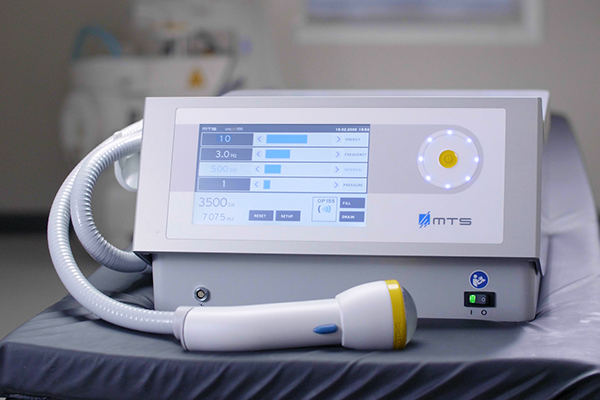
Advantages of Shockwave Therapy for Foot Pain
When it comes to addressing foot pain, shockwave therapy emerges as a promising non-invasive choice that can offer numerous benefits. This therapy operates by deploying high-energy shock waves to stimulate healing in the affected region. Here are some perks of employing shockwave therapy for foot pain:
Speedy Healing
Shockwave therapy uses high-energy acoustic waves to catalyze the body’s inherent healing process. This can expedite the recovery of damaged tissues, including muscles and ligaments, particularly beneficial for individuals experiencing persistent or recurrent foot pain.
Diminished Dependency on Medication
Many conventional foot pain treatments involve medications that can cause unwanted side effects. Shockwave therapy presents a drug-free alternative, reducing the need for painkillers or other treatments, making it an appealing option for those who prefer non-pharmaceutical interventions.
Enhanced Quality of Life
Foot pain can drastically affect one’s quality of life, hindering daily activities or recreational pursuits. Shockwave therapy can alleviate pain and boost mobility, enabling patients to resume their normal activities and enhance their quality of life.
Non-Invasive and Safe
Unlike many foot pain treatments, shockwave therapy is non-invasive and safe. It doesn’t require incisions or anesthesia and carries a low risk of complications. This makes it an excellent choice for those wishing to avoid more invasive treatments.
All in all, shockwave therapy represents a promising treatment option for those experiencing foot pain.
The Mechanism of Shockwave Therapy
Shockwave therapy is a non-invasive treatment alternative that employs high-energy sound waves to stimulate the body’s natural healing process. Here’s how it functions:
Defining A Shockwave
Shockwaves are swift acoustic pulses characterized by a high-pressure surge followed by a comparatively lower-pressure trough. These phenomena are part of our daily life and can be produced by various sources such as supersonic jets, explosions, lightning, earthquakes, or any other event causing a shift in air pressure.
How Do Shockwaves Treat Foot Pain?
A device is utilized to create and safely deliver shockwaves to the affected area of the foot. These shockwaves can enhance healing in the foot at the cellular level, improve blood circulation, and kickstart the body’s natural healing process.
Varieties of Shockwave Therapy
Numerous types of shockwave therapy are available in the market, with radial shockwave therapy (RSWT), focused shockwave therapy (FSWT), and acoustic wave therapy (AWT) being the most common.
Radial Shockwave Therapy employs a hand-held device that applies pressure waves to the skin’s surface. This shockwave therapy type is a popular option for treating conditions such as plantar fasciitis, Achilles tendinopathy, and tennis elbow. However, it may not effectively treat deeper tissue injuries, and patients may need multiple treatment sessions.
Focused Shockwave therapy uses a device that delivers high-intensity shockwaves directly to the affected area. This shockwave therapy type is commonly used for chronic conditions like plantar fasciitis and slow-healing bone fractures. However, it can be uncomfortable for some patients, and the intensity of the treatment may need adjustment based on individual needs.
Acoustic Wave Therapy uses a device that delivers low-intensity shockwaves to the affected area. This shockwave therapy type is commonly used to improve blood flow, alleviate pain and inflammation, and promote tissue healing. It is often used to treat conditions such as erectile dysfunction and cellulite. However, the low-intensity shockwaves may not effectively treat some conditions.
broad-focused Shockwave Therapy delivers high-intensity shockwaves that penetrate a wider and deeper area of tissue (7cm x 12cm) than focused shockwaves (1cm x 12cm) or radial waves (2cm x 2cm). SoftWave for foot pain is the only broad-focused shockwave treatment widely available in the US. broad-focused shockwaves can treat the same conditions as traditional focused shockwave therapy, while providing superior relief for large joints and muscle issues such as shoulder, neck, or foot pain. broad-focused shockwaves may also require fewer sessions compared to radial or focused shockwave treatments.
Identifying Ideal Candidates for Shockwave Therapy
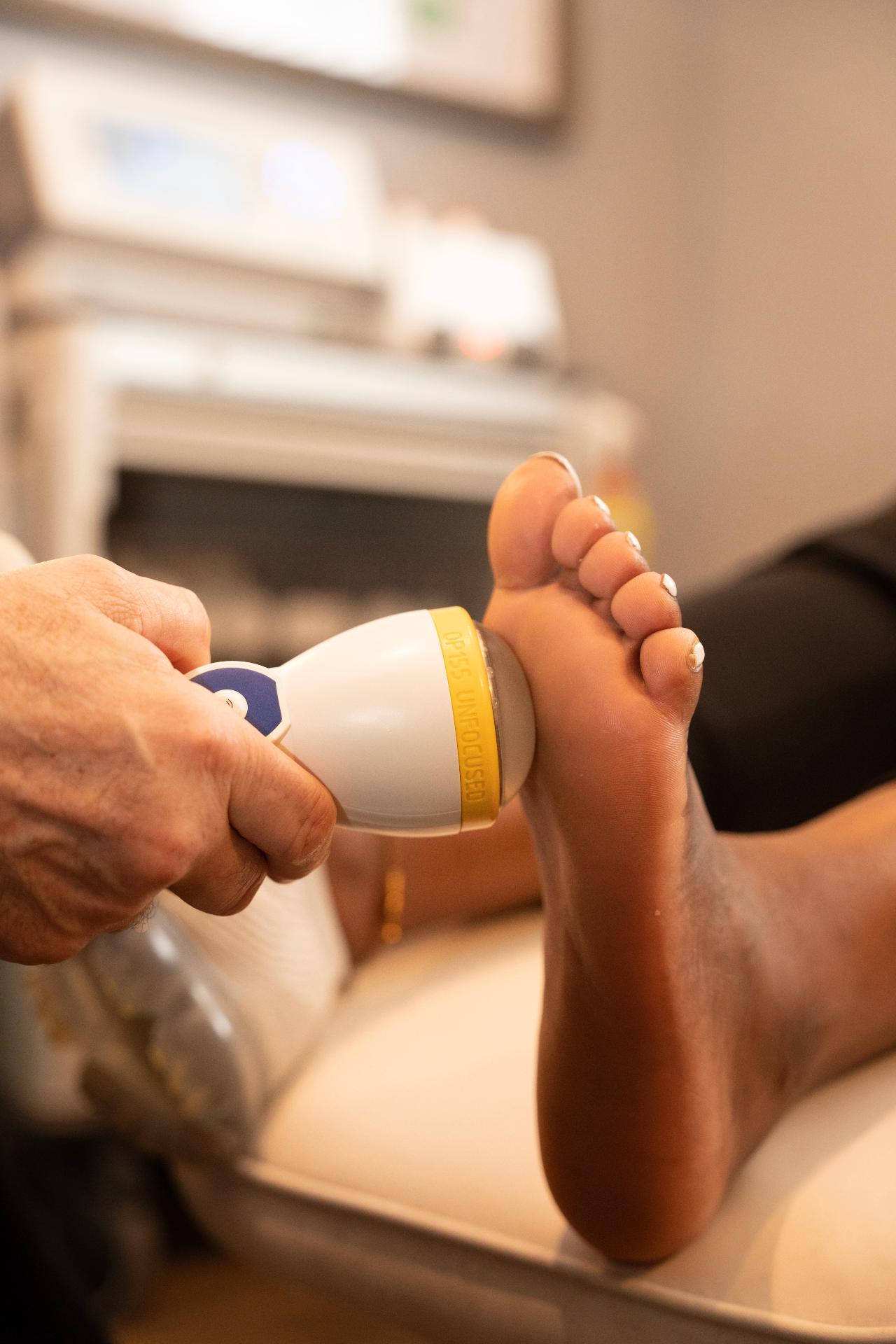
Several factors make a patient a suitable candidate for shockwave therapy, including:
- Patients with chronic foot pain
- Patients with limited success with other therapies
- Patients who prefer non-invasive treatment options
Patients suffering from chronic foot pain may find shockwave therapy a viable treatment option. This includes those with conditions such as plantar fasciitis, bunions, and arthritis. When traditional treatments like medication and physical therapy fail to offer significant relief, shockwave therapy may offer a promising alternative.
Moreover, patients who have tried other therapies with limited success may also benefit from shockwave therapy for their foot pain. These may include individuals who have tried numerous conservative treatment options without experiencing adequate pain relief.
For patients who prefer non-invasive treatments, shockwave therapy offers a non-surgical approach that does not require incisions or anesthesia. This can make it an attractive treatment option for those who wish to avoid more invasive procedures such as foot surgery.
Considering Shockwave Therapy?
Try SoftWave Therapy for just $69. Non-invasive healing that reaches deeper.

The Shockwave Therapy Procedure
Understanding what to expect during a shockwave therapy session is an important step for patients considering this treatment option for their foot pain. See the shockwave therapy procedure below:
- Preparation: Before the procedure, ultrasound gel is applied to the affected area of the foot. The shockwave device is then gently placed on the skin.
- During the Procedure: Patients will feel a gentle tapping or pulsing sensation as shockwaves are delivered to the injured area. Some may experience mild pain or discomfort, but anesthesia or numbing agents are not necessary. Effective communication between the patient and provider can help identify treatment hotspots and track progress.
- After the Procedure: After the 10-15 minute procedure, patients can typically resume normal activities, with no downtime for recovery required. Some doctors will recommend avoiding high-impact movements or exercise for 24-48 hours.
Shockwave Therapy Side Effects
Shockwave therapy is generally considered safe and well-tolerated, with minimal side effects. However, like any medical procedure, there is a small risk of side effects. Some of the most commonly reported side effects of shockwave therapy for foot pain include:
- Pain or discomfort during or after treatment
- Swelling or bruising
- Redness or skin irritation
- Numbness or tingling
It’s important to note that these side effects are typically mild and short-lived. Most patients are able to resume their normal activities immediately following the procedure.
FDA-cleared SoftWave is a safe and effective shockwave therapy for foot pain. Side effects from SoftWave are minimal and non-restrictive. It does not cause bruising or swelling, and any slight redness or soreness typically subsides within one to two days.
The Best Shockwave Therapy for Foot Pain
Are you looking for safe, reliable, and effective relief from foot pain?
SoftWave therapy is FDA-cleared, patented, and nationally recognized for its leading tissue regeneration technology. Unlike other types of high-energy shockwave treatments, SoftWave is the only shockwave therapy on the market that uses true broad-focused shock waves that treat larger and deeper areas of tissue.
Thousands of patient’s have experienced the benefits of SoftWave for foot pain, including:
- Little to no side effects
- Short treatment time
- Quick recovery
- Long-lasting results
Find a SoftWave Therapy provider near you or learn more about SoftWave and whether or not you’re eligible for full treatment today!
New Patient Special
Try SoftWave for just $69 at a clinic near you and learn if you’re a candidate for full treatment


